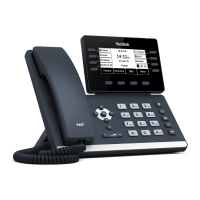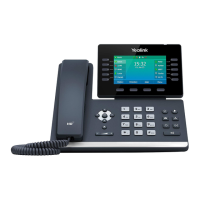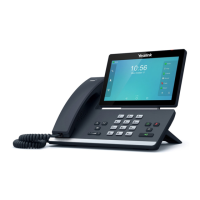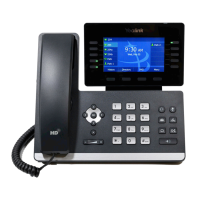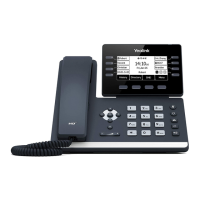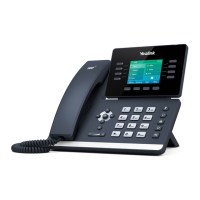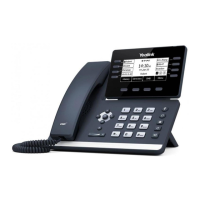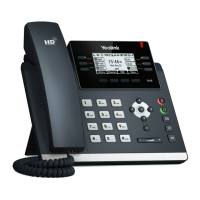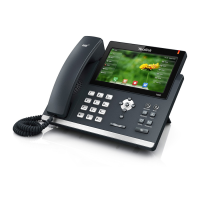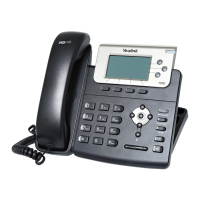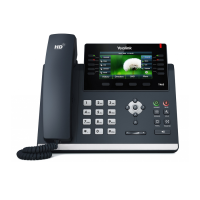Administrator’s Guide for SIP-T2 Series/T19(P) E2/T4 Series/T5 Series/CP860/CP920 IP Phones
532
4. Press or , or the Switch soft key to select the desired account from the Account
ID field.
5. (Optional.) Enter the string that will appear on the LCD screen in the Label field.
6. Enter the retrieve park code in the Value field.
7. Press the Save soft key to accept the change.
Calling Line Identification Presentation (CLIP)
Calling Line Identification Presentation (CLIP) allows IP phones to display the caller identity,
derived from a SIP header contained in the INVITE message when receiving an incoming call. IP
phones support deriving caller identity from three types of SIP header: From, P-Asserted-
Identity (PAI) and Remote-Party-ID (RPID). Identity presentation is based on the identity in the
relevant SIP header.
Note
The following sessions show the enhancements of calling line identification presentation
according to the calling line identification source configured on the IP phones.
Caller ID source = FROM
1) The IP phone checks Privacy: id header preferentially, if there is a Privacy: id in the INVITE
request, the calling line identification information will be hidden and the IP phone LCD
screen presents anonymous.
2) If there is not any Privacy: id header in the INVITE request, the IP phone checks and
presents the caller identification from the P-Preferred-Identity header.
3) If there is not P-Preferred-Identity header in the INVITE request, the IP phone presents the
caller identification derived from the FROM header.
Caller ID source = PAI
1) The IP phone checks Privacy: id header preferentially, if there is a Privacy: id in the INVITE
request, the caller identification information will be hidden and the IP phone LCD screen
presents anonymous.
2) If there is not any Privacy: id header in the INVITE request, the IP phone checks and
presents the caller identification from the P-Preferred-Identity header.
3) If there is not P-Preferred-Identity header in the INVITE request, the IP phone checks and
presents the caller identification from the P-Asserted-Identity header.
Caller ID source = PAI-FROM
1) The IP phone checks Privacy: id header preferentially, if there is a Privacy: id in the INVITE
request, the caller identification information will be hidden and the IP phone LCD screen
presents anonymous.
